Atoll is a French HiFi manufacturer I wasn’t much acquainted with before IN100. It’s a good product to get to know the brand too, an integrated amplifier sitting somewhere in the middle of their offer. To make things more fun, I had a fully loaded version because an owner that loaned this unit to me purchased it with an additional DAC section that’s optional. Just before we continue with this review, I would like to thank my patron Vladimir that was kind to loan it to me (and this is not the only product he kindly loaned me either).
Build and Features
Atoll IN100 is a well-built unit that feels very sturdy and reassuringly heavy. The front panel is made of thick aluminium, and the rest of the casing is bent metal. It doesn’t feel flimsy or cheap in any way and the overall build feels more luxurious than with most known brands, like Hegel for example. Only brands that offer you this kind of quality at this price point are usually coming from China, and I’m very glad to see that an old-blood French brand can keep up in this regard.
In the back, we find all of the usuals for an integrated amplifier. Instead of naming types of connections one by one, I’ll just let you look at pictures and see for yourself. Note that digital inputs come only if you opt for a digital section which is purchased like an add-on and increases the base price by roughly $400.


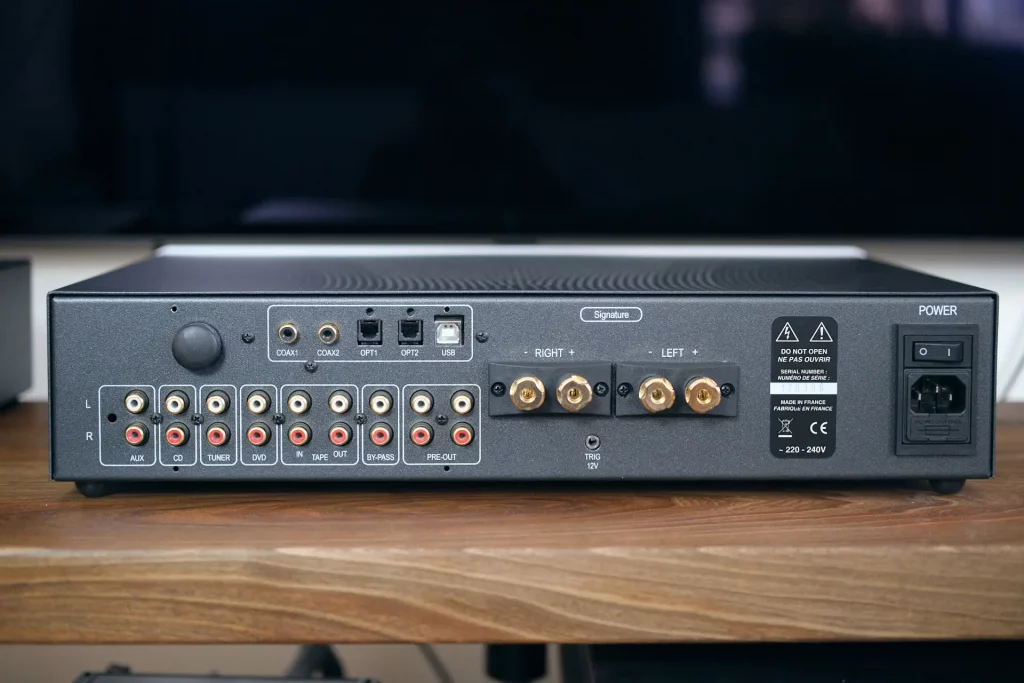
Another thing worth mentioning here is that even the remote control is purchased separately for $50. Now, while DAC is for sure not a given in any amplifier and I fully support the decision to make it an option – having to pay additionally for a remote control feels like a low blow to me. Aside from that questionable decision, a remote control feels good and works very well. It’s also universal and can be used for Atoll’s CD players, Tuners, DACs, etc. Maybe Atoll can use this fact to justify selling it separately, if you purchase several of their devices, you’ll only need one remote. Let me know in the comments how you personally feel about this.
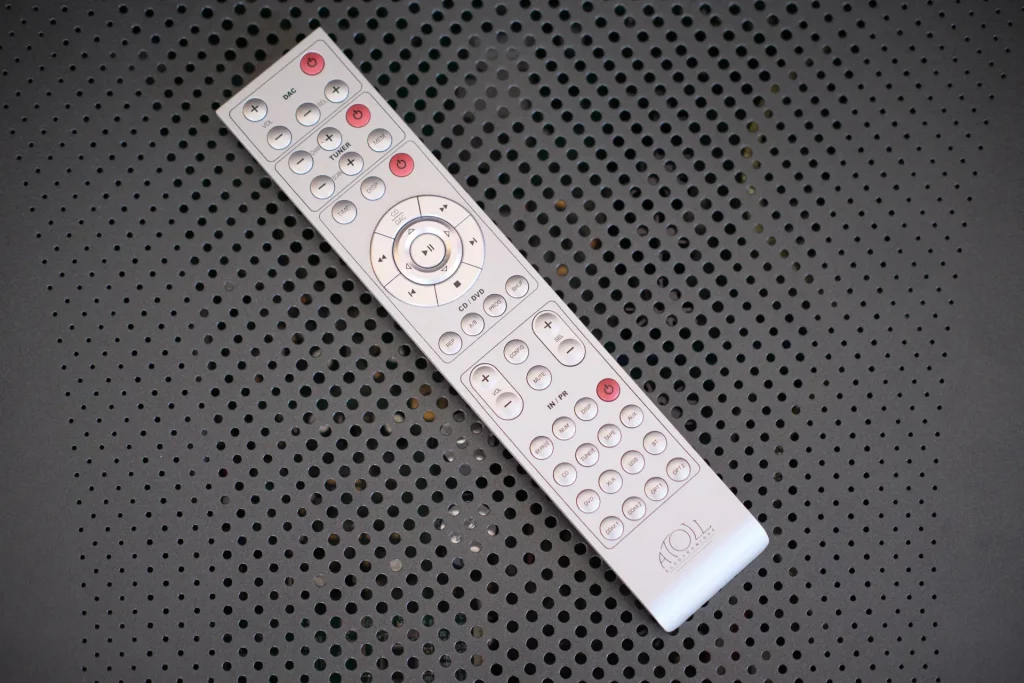
Moving to the insides, Atoll IN100 continues to impress. Starting with the power supply, we find two big toroidal transformers of 340 VA each. This signalizes dual mono construction, which is very rare in this price range. Four 6800 μF capacitors provide power reserves for the push-pull MOS-FET power stage. This creates a healthy power of 100 W into 8 Ω and 140 W into 4 Ω. More than that, Atoll decided to use all discrete components in the path of the audio signal. For those of you that love numbers, you can find more of these in the table at the end of the page. Now we talk sound.
Sound (Analog Section)
I started testing Atoll IN100 with its analog inputs, using my own DAC as a source. I was able to try it with several different DACs and speakers that helped me access the amplifier’s own character. On that note, let’s start with the overall tonality and say that Atoll IN100 leans on the bright side of it. Highs are clear and well extended, that’s mostly pleasant but with some pairings it can become too hot. On a positive note, it’s really informative and clean in a way that’s not often heard at this price point. Midrange continues in the same fashion with loads of information, well-defined notes, and crisp edges. Interestingly enough, the bassline kicks in with substantial mass, depth, and power. It comes as a nice counterweight to upper frequencies, to keep them in check and give them a strong and bold tone core. Because of that, IN100 actually doesn’t sound lean in spight its bright and crispy nature.
Moving to the soundstage, I can say it’s good, pretty wide and modestly deep. The background is dark and the tones are masterfully defined and separated. This makes for very precise instrument positioning and layering. Following individual parts of a recording will not be a problem even if a track gets busy.
Finally, dynamics are also strong. Atoll can swing big when it’s needed, but it can also be very fast and nimble too. These two are not necessarily found in one package, but when they’re joined you’re in for a lively and engaging performance that will never leave you bored and uninvolved. The previously mentioned tonality, that’s bright and sparkly, only adds to this quality.
So to quickly recap Atoll IN100’s sound – it’s open, bright, clean, incisive, very informative, dynamic, and engaging. What it isn’t is smooth or laid back, so some attention with pairing is needed. I’d say avoid bright and analytical sources and speakers and you’ll be fine.
Sound (Digital Section)
Next, I connected my digital sources directly to the digital inputs of Atoll IN100, trying all three types using my digital streamer, PC, and TV. What was immediately obvious is that the digital section doubles down the same qualities and tonality that I explained in a previous part of the review. Revealing, clean, crisp, and bright are adjectives that came to my mind first. This is all good but it has to be mentioned that it will do nothing to tame this already bright-sounding amplifier.
For your reference, I found this digital section to be on pair with a decent external DAC we can find at around 500 dollars. The likes of SMSL M500 MKII come to mind. But tonally speaking, this is more in line with Gustard X16 or X18 for example, meaning very clear but without much warmth or particularly rich tone timbre. If this is the sound you like, or you maybe have warm-sounding speakers that need some byte – it might be a decent solution. However, I believe that most of you would be better served with a slightly warmer and fuller-sounding DAC like Topping E70 Velvet, SMSL M500 MKII, or SMSL DO300. These would retain the same level of overall sound fidelity but with a tonality that matches slightly better with the amplification section of IN100.
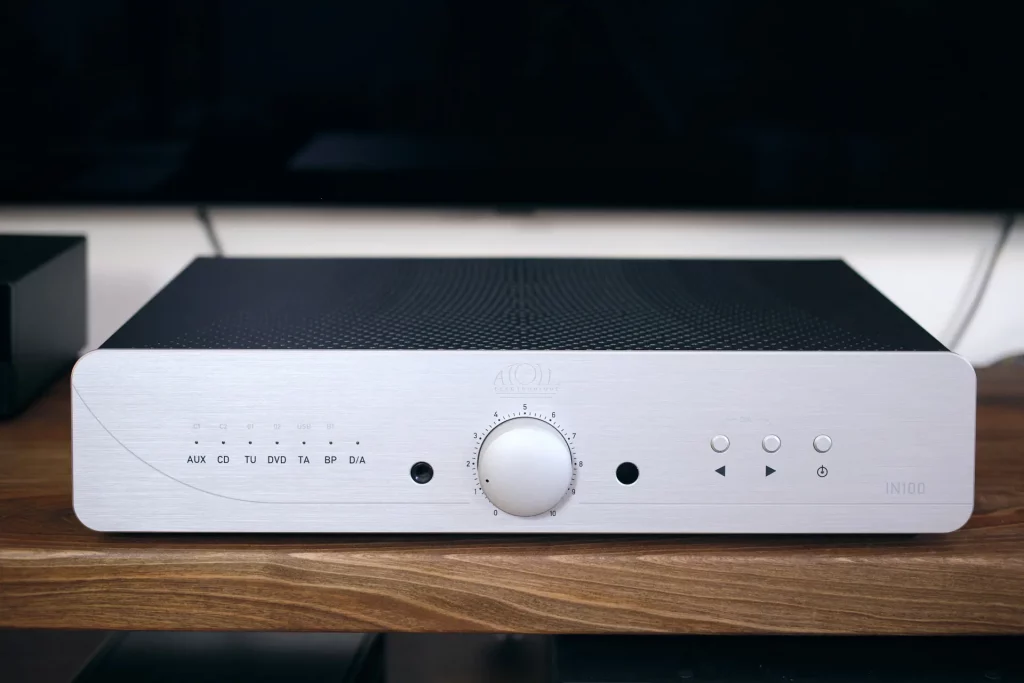
Comparisons
Hegel H90 is another all-in-one solution, and this time you have no choice but to purchase the amp with DAC that’s always included. Even more, than that, H90 comes with a built-in audio renderer so you can connect it directly to your home network and stream music directly to it. If you find that useful, H90 might take a small win here. However, if we talk about sonic qualities, I find IN100 more revealing, and more authoritative with the bassline that offers a greater punch too. Finally, IN100 feels more dynamic and has a better sense of pace and rhythm. It simply feels like a more powerful, more revealing, and livelier-sounding amp. All of this makes it more engaging to listen to. In Hegel’s defense, H90 sounds more neutral, laid back, and smoother in general. It will match easier with a wider variety of speakers, but some resolution and liveliness will be sacrificed in the process.
Rega Brio is a more affordable amplifier that doesn’t offer any digital inputs. Brio sounds fuller and warmer which is most noticeable in the upper midrange. This kind of tonality will be great when paired with smaller and more analytical speakers that lack their own fullness. IN100 on the other hand has a more substantial bassline with a firmer grip. Dynamics are greater too, and so is instrument separation. Atoll can also reveal more inner tone texture across the frequency spectrum. I will not drag this comparison too much because I feel that IN100 is a clear and objective winner here. However, Rega has its own sound signature that might still suit many speakers better.
Conclusion
Atoll IN100 is a well-made and highly capable integrated amplifier that can be configured to your own needs during the purchase. I found both analog and digital sections to perform well, but I’m not sure if doubling down on the same tonality is the best course of action and you’ll have to decide that for yourself. Once properly paired with speakers that are not too lively in upper registers, this Atoll can bring tons of fun and enjoyment. Even though it’s not cheap, once you weigh its price-to-performance ratio against the competition, this Atoll is actually a great value. If you’re even considering an amplifier of this price, IN100 Signature has my strong recommendation.
| ATOLL IN100 – CHARACTERISTICS |
|
Output power Wrms/ 8 Ω: 2×100 W |
| ATOLL IN100 – CHARACTERISTICS |
|
Output power Wrms/ 8 Ω: 2×100 W |
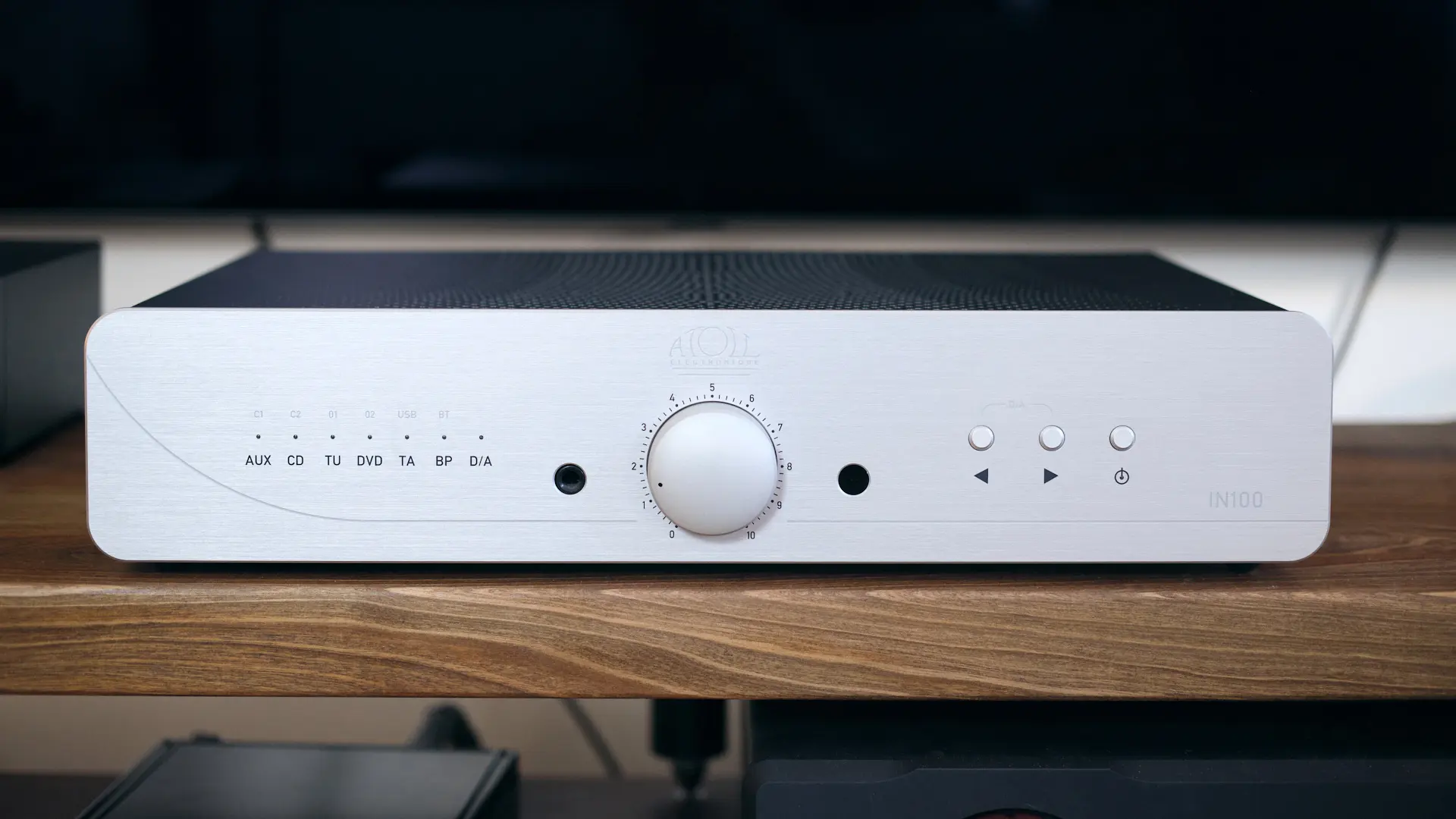

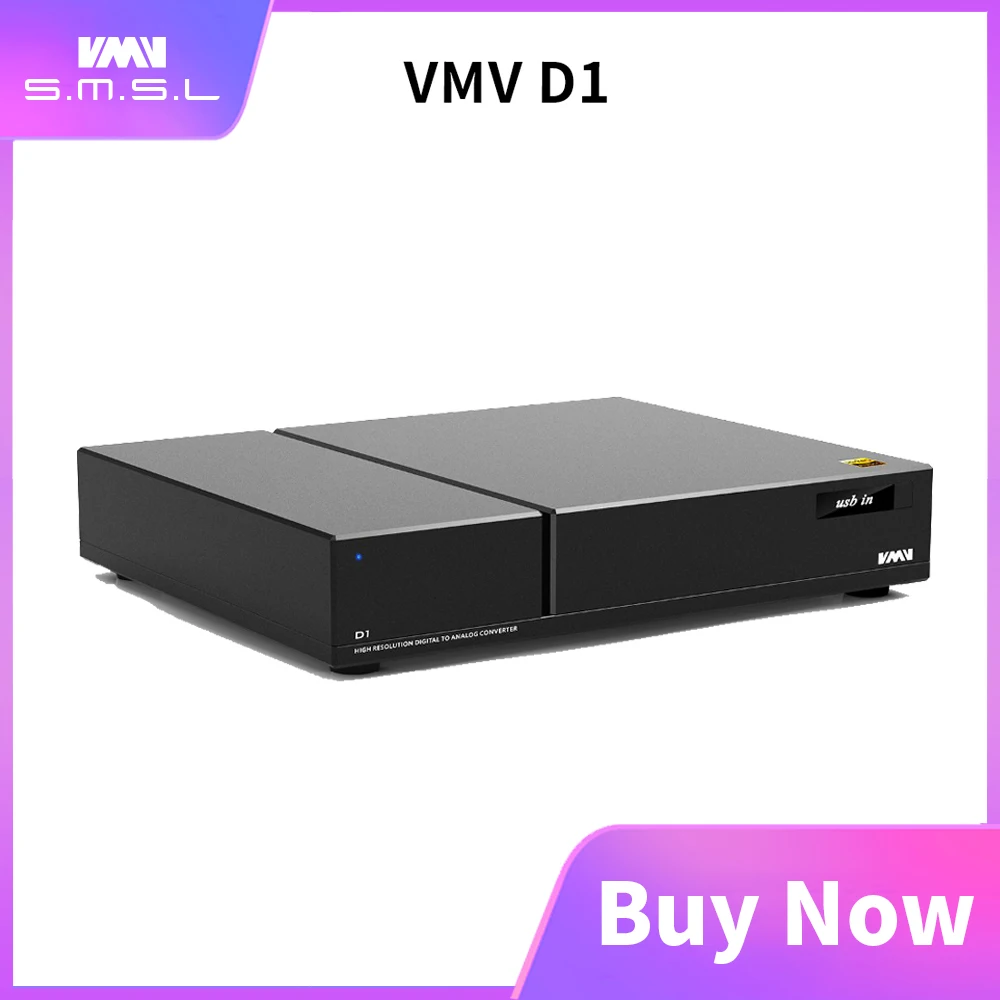



Thanks for a very informative and helpful review. i always like your reviews. How this Atoll in100 compare to Roksan kandy K2?
greetings from indonesia
Hi. I listened K2 only in some other places, not in my own system. It sounded very nice to my ears but I can’t compare it directly to IN100 because of different systems and rooms.
You will find easely review on youtube roksan k3 vs this atoll where the reviewer underlines attols ability to reproduce better at low wolumes compared to roksan, and som other info.
Great observations. Personal opinions and honesty are at least as important as objectivity and because of your comments about the Topping Velvet DAC I think this amp is potentially a good match for my probable purchase of Amphion Argon3S speakers. The alternative appears to be a Hegel H120 (or better) but the cost starts becoming excessive. Your views on price/value and equipment matching are very helpful.